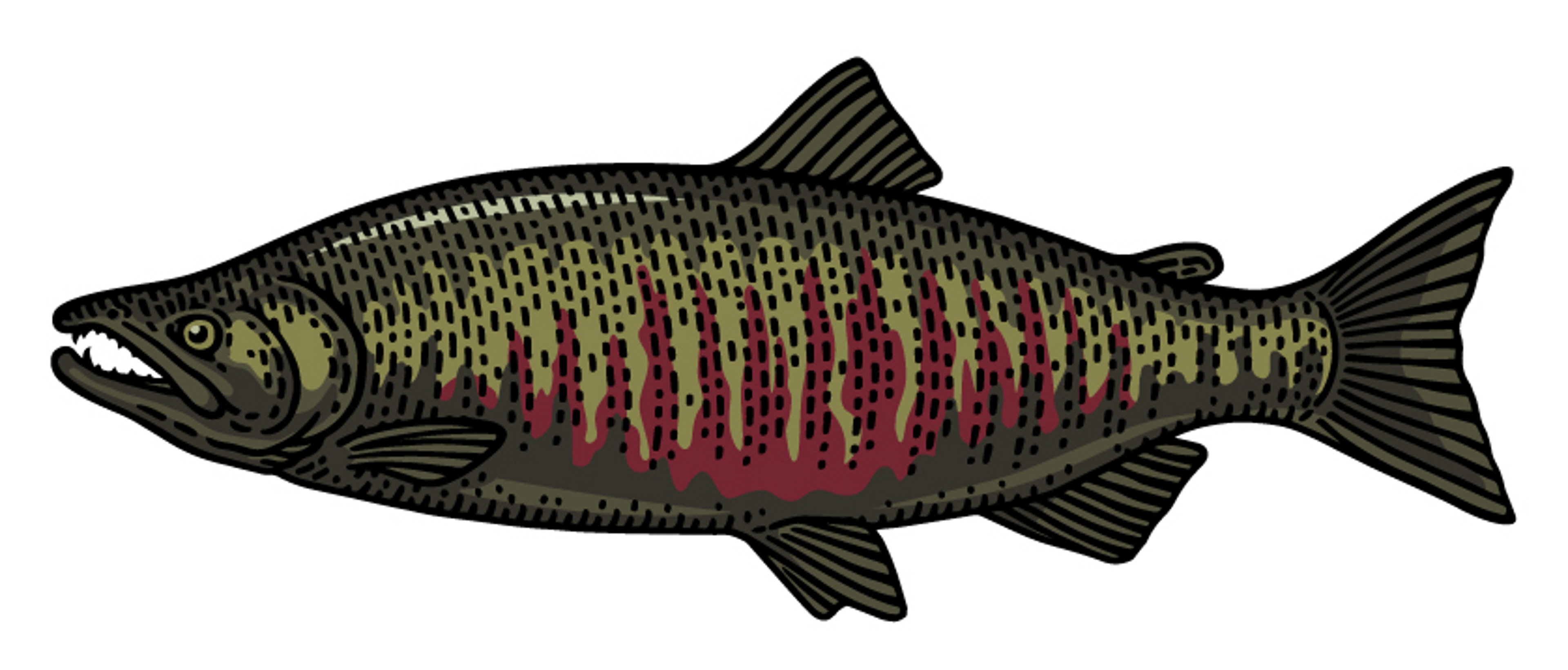Are All White Fish Created Equal?
In short, no. But you really can’t go wrong with any of the many varieties.
Mar 28, 2025
Although there is a species of Atlantic freshwater fish called whitefish, the term “white fish” more commonly applies to a broad group of species that, for starters, includes branzino, catfish, cod, flounder, haddock, hake, halibut, pollock, seabass, sole, and whiting. But there are many more. So many, in fact, that the term “white fish” has often been criticized as an unhelpful marketing ploy.
But it all makes sense when you consider that it describes species that are all mild in flavor, low in oil and, of course, “white” fleshed. The reason for the latter is these fish lack astaxanthins, a compound that gives salmon its characteristic orange and pink flesh.
Compared to salmon, white fish is lower in critical omega-3 fatty acids. “But not enough that you shouldn’t make delicious white fish a part of your weekly diet,” says Grace A. Derocha, MBA, RD, CDES, a national spokesperson for The Academy of Nutrition and Dietetics.

Besides, white fish can become “a gateway fish,” Derocha says. “The wide variety, meaty textures, and overall leanness may make them a more attractive protein option for people who don’t generally like fish or are just beginning to incorporate it into their diet.”
READ MORE: How to Eat More Fish
Most people, Derocha points out, don’t eat enough nutrient-dense food in general. Although percentages vary slightly by species, white fish are a great source of vitamins A, D, B3 (niacin), B6, and B12, calcium, sodium, magnesium, phosphorous, selenium, potassium, thiamin, riboflavin, iron, zinc, and those omega-3 fatty acids.
Given all that goodness, combined with so many species to choose from, ranking white fish species by nutritional value is an extremely difficult task. Derocha also emphasizes that such a list should look different for each person. “It really depends what your health goals are and what health conditions you’re trying to manage,” she says.
Still, she concedes there are some obvious “standouts” from among the white fish species most available at markets and offered at restaurants.

She ranks these three types of white fish at the top of her list.
1. Cod
Given its high marks in terms of B vitamins, selenium, iodine, and those brain-boosting omega-3 percentages, cod not only tops the list of white fish, but is No. 1 on most dieticians’ lists of nutritious fish in general.
READ MORE: How to Prepare White Fish
Cod is a complete source of protein that’s low in calories and saturated fat. Given that, along with its nine metabolism-regulating amino acids, cod may even help you slim down. The only caveat, Derocha notes, is that cod is primarily used in America for fish and chips. “And I would advise not eating it that way every day.”

2. Halibut
Halibut places behind cod merely because it’s slightly higher in fat, making cod the leaner protein. However, it’s almost too close to call, and many nutritionists prefer halibut for its higher potassium, iron, and omega 3 percentages. “Halibut is also high up there for me due to its fuller range of B vitamins,” Derocha says.
3. Pollock
Pollock shares many of the same stellar nutritional attributes as cod and halibut, and even places higher in terms of vitamin B12, iron, and omega-3s. However, pollock has a slightly higher cholesterol percentage. Pollock’s real claims to fame, however, are its neutral flavor and light texture that make it perfect for fish sticks. Sure, they’re deep fried, and that’s not great, but pollock may be responsible for starting generations of kids down the path toward better-prepared fish dishes.
READ MORE: Fish Lunches Your Kids Will Want to Bring to School
“It’s not that the other white fish species don’t have similar nutritional makeups,” Derocha says. “The goal is to find that gateway white fish that you enjoy enough to make it a part of your diet and [leads you] to try others.”
To that point, she agrees with the American Heart Association, which recommends two 3- to 4-ounce portions of fish per week. Whichever species you choose, stick to fish certified by the Marine Stewardship Council (MSC) or Best Aquaculture Practices (BAP).










